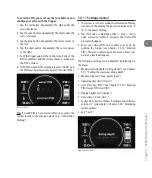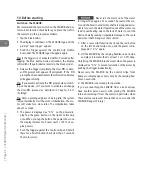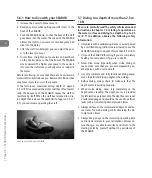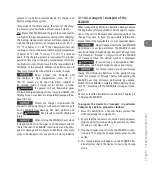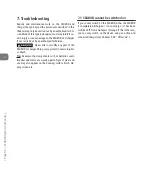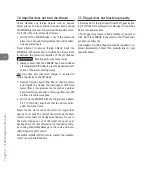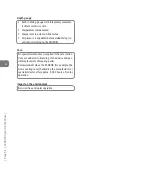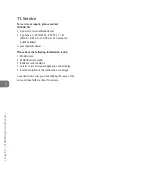
5
| P
age 51 | SEABOB Operator's Manual |
process is controlled automatically by the charger and
battery management system.
Irrespective of the trickle charge, the status of the charg-
ing process must be checked at least every 4 weeks.
Tip:
Ensure that SEABOB and charger are not exposed to
too high or too low temperatures during trickle charging.
The battery management system will temporarily inter-
rupt the charging process at temperatures over 45 °C /
113 °F or below 0 °C / 32 °F. The charging process will
continue as soon as the acceptable charging temperature
of below 40 °C / 104 °F or over 5 °C / 41 °F is reached
again. If the charging process is interrupted for a longer
period of time due to charging temperatures which are
too high or too low, this can result in the irreparable total
discharge of the valuable Lithium-Ion batteries even if
they were constantly connected to an active charger.
Never expose the SEABOB and
the charger to high temperatures (max. 60 °C /
140 °F) caused e.g. by open fire, direct sunlight or
by storage inside a closed motor vehicle or trunk.
If exposed to heat, flammable gases
can be discharged causing serious injury. In addition, the
Display Screen may become irreparably damaged if ex-
posed to heat.
Protect the charger, in particular the
connector and power plug as well as the connection port
on the SEABOB from damage, dirt, dust, moisture and
heat.
May result in electric shock and
injury!
When storing the SEABOB, never stand
it upright on the front bumper or on the water outlet of
the jet channel. The SEABOB could tip over and be dam-
aged or damage other objects. Furthermore, this could
prove to be dangerous for any persons in close proximity.
5.11 Air transport / transport of the
SEABOB
When transporting Lithium-Ion batteries, always observe
the applicable safety regulations and the specific regula-
tions of the carrier. Be aware that safety regulations can
change from time to time. For up-to-date information,
please contact the manufacturer or your specialist dealer.
Never transport a fully charged SEABOB
by airplane or over long distances. The SEABOB should
only be partially charged during transport (charge state
"Air Transport / Storage"). Only switch off the SEABOB
for transport when the aircraft symbol is displayed.
If instructions are disregarded, flam-
mable gases can be discharged causing serious injury.
For safety reasons, you should always
charge the Lithium-Ion batteries to the partial charge
state "Air Transport / Storage" before transporting the
SEABOB over long distances, particularly by airplane.
Switch off the SEABOB completely (Off mode) (see Chap-
ter 5.12 "Switching off the SEABOB for storage or trans-
port").
Be sure to read the information contained in Chapter 5.2
"Charging the SEABOB".
To prepare the device for transport, in particular
transport by airplane, proceed as follows:
1. Place the SEABOB on a dry and sturdy surface that
will not damage the components.
2. Ensure that the connector, connection port and power
plug are perfectly clean and dry. If necessary, dry them
off using a soft, clean cloth.
3. Plug the charger connector into the SEABOB connec-
tion port. Then plug the charger power plug into the
outlet.
4. The charge display will appear on the SEABOB after
a brief system check. The device is now in the Charge
mode.



